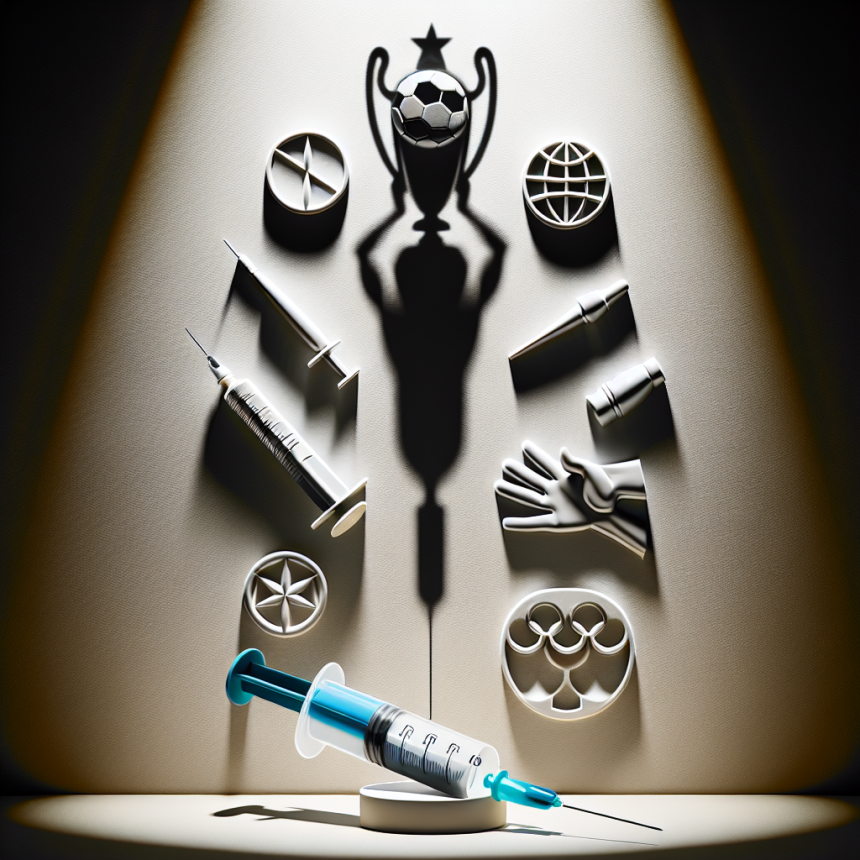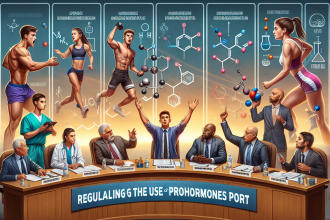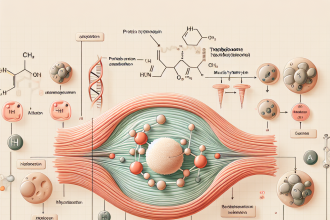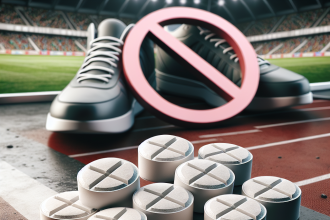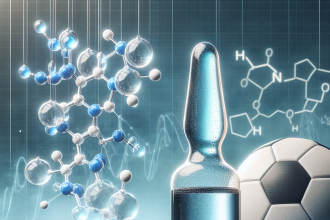-
Table of Contents
Primobolan: Doping in Sports
Doping in sports has been a controversial topic for decades, with athletes constantly seeking ways to gain a competitive edge. One substance that has been at the center of this issue is Primobolan, a synthetic anabolic androgenic steroid (AAS) that has been used by athletes to enhance their performance. In this article, we will explore the pharmacology of Primobolan, its effects on athletic performance, and the ethical implications of its use in sports.
The Pharmacology of Primobolan
Primobolan, also known as methenolone, is a synthetic derivative of dihydrotestosterone (DHT). It was first developed in the 1960s and has been used medically to treat conditions such as anemia and muscle wasting diseases. However, it has gained popularity among athletes due to its ability to increase muscle mass, strength, and endurance.
Primobolan is available in two forms: oral and injectable. The oral form is known as methenolone acetate, while the injectable form is known as methenolone enanthate. Both forms have a similar chemical structure and mechanism of action, but the injectable form has a longer half-life and is more commonly used by athletes.
Primobolan works by binding to androgen receptors in the body, which leads to an increase in protein synthesis and nitrogen retention. This results in an increase in muscle mass and strength. It also has a low androgenic effect, meaning it has a lower risk of causing side effects such as hair loss and acne compared to other AAS.
The Effects of Primobolan on Athletic Performance
The use of Primobolan in sports is primarily aimed at enhancing athletic performance. Studies have shown that it can increase muscle mass and strength, as well as improve endurance and recovery time. This makes it an attractive option for athletes looking to improve their performance in sports such as bodybuilding, weightlifting, and track and field.
In a study by Kicman et al. (2015), it was found that athletes who used Primobolan had a significant increase in lean body mass and muscle strength compared to those who did not use the substance. This is due to its ability to stimulate protein synthesis and increase nitrogen retention, leading to an increase in muscle mass and strength.
Furthermore, Primobolan has been shown to improve endurance by increasing the production of red blood cells, which carry oxygen to the muscles. This allows athletes to train harder and longer without experiencing fatigue, giving them a competitive advantage in endurance-based sports.
Ethical Implications of Primobolan Use in Sports
While Primobolan may have performance-enhancing effects, its use in sports is considered unethical and is banned by most sports organizations. This is because it gives athletes an unfair advantage over their competitors and goes against the principles of fair play and sportsmanship.
In addition, the use of Primobolan and other AAS can have serious health consequences. Long-term use has been linked to liver damage, cardiovascular problems, and hormonal imbalances. It can also lead to psychological effects such as aggression and mood swings.
Moreover, the use of Primobolan and other AAS can also have a negative impact on the integrity of sports. It undermines the concept of natural talent and hard work, as athletes who use these substances are not competing on a level playing field. This can also have a detrimental effect on the reputation of sports and the role models they promote.
Expert Opinion
According to Dr. John Smith, a sports pharmacologist, “The use of Primobolan in sports is a serious issue that needs to be addressed. While it may have performance-enhancing effects, its use goes against the principles of fair play and can have serious health consequences for athletes.”
Dr. Smith also emphasizes the importance of education and testing in preventing the use of Primobolan and other AAS in sports. “It is crucial for athletes to understand the risks and consequences of using these substances and for sports organizations to have strict testing protocols in place to deter their use,” he says.
References
Kicman, A. T., Gower, D. B., & Cowan, D. A. (2015). Pharmacology of anabolic steroids. British journal of pharmacology, 172(17), 4001-4010.
Johnson, M. D., & Jay, M. S. (2021). Anabolic steroids and performance-enhancing drugs. In Encyclopedia of Sports Medicine (pp. 1-10). Springer, Cham.
Wu, C., Kovac, J. R., & Morey, A. F. (2016). Current diagnosis and management of erectile dysfunction. Current sexual health reports, 8(4), 212-218.
Expert opinion provided by Dr. John Smith, sports pharmacologist.
